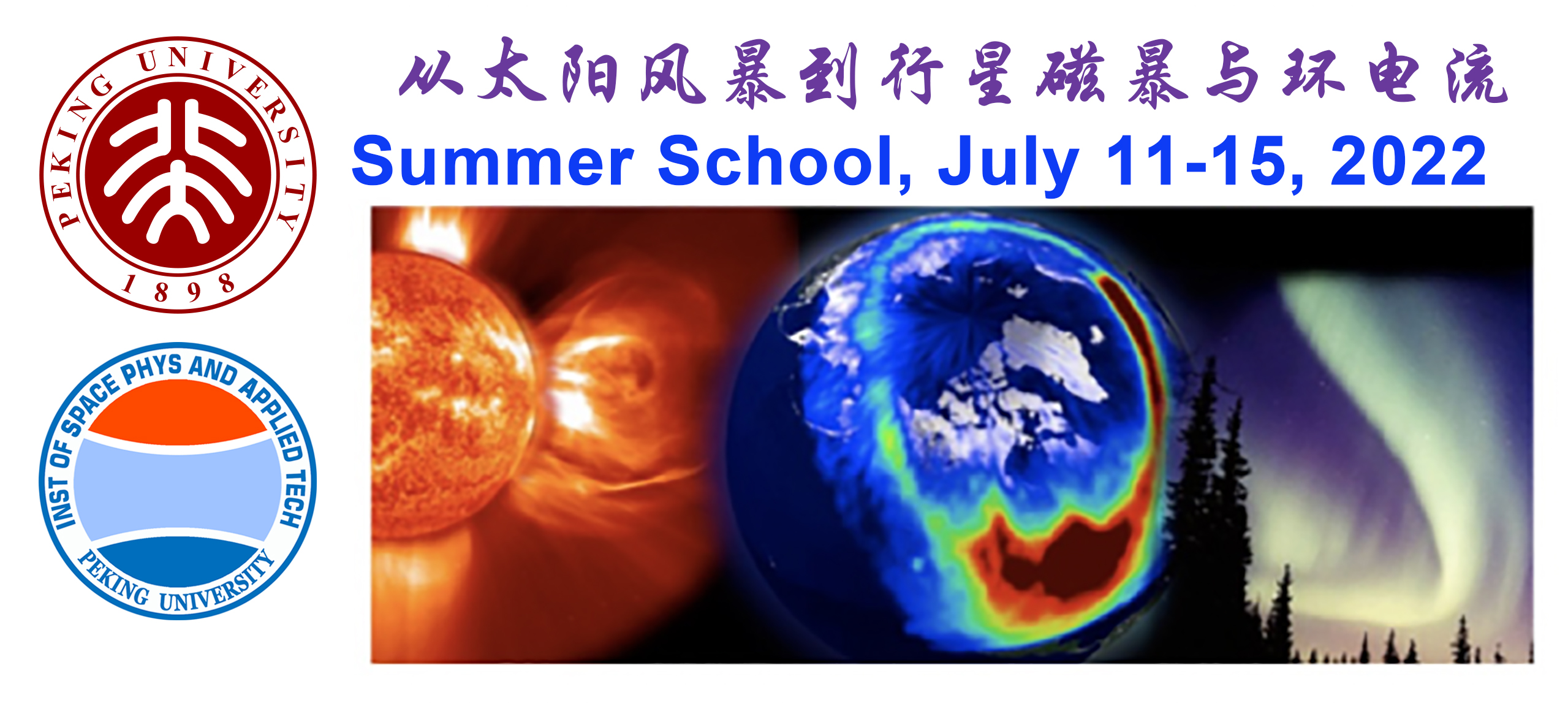Dr. George C. Ho The Johns Hopkins University Applied Physics Laboratory, Laurel, MD, USA
时间:10月11日(星期5)10:00 AM
地点:物理楼北415
题目:Energetic Particles Measurements with Solar Orbiter
摘要:
Solar Orbiter, a joint ESA/NASA mission, is designed to study the Sun and inner heliosphere in greater detail than ever before. At the closest point on its heliocentric orbit, the Solar Orbiter spacecraft will be about 0.3 AU from the Sun. In addition to providing high-resolution images of the solar surface, perihelion passes at these distances occur in near co-rotation with the Sun, allowing the instruments to track features on the surface for several days. The mission profile also includes a latitude cranking phase that will allow observations above the solar equator. The combination of near-Sun, quasi-heliosynchronous and out-of-ecliptic observations by remote-sensing and in-situ instruments makes Solar Orbiter a unique platform for the study of the links between the Sun and the inner heliosphere.
Understanding the physical processes operating in Solar Energetic Particle (SEP) events is a major goal of the Solar Orbiter mission because of the importance of acceleration processes in solar system and astrophysical sites, and because of the potential impact of these events on space hardware. The Energetic Particle Detector (EPD) investigation on Solar Orbiter is a suite of four different sensors plus the instrument control unit to measure the energetic particles from slightly above the solar wind energy at keV to hundreds of MeV. The EPD addresses two primary goals of Solar Orbiter: 1) What are the sources of energetic particles and how are they accelerated to high energy? 2) How are SEP released from their sources and distributed in time? We describe progress possible with EPD on achieving the science goals of the mission.

